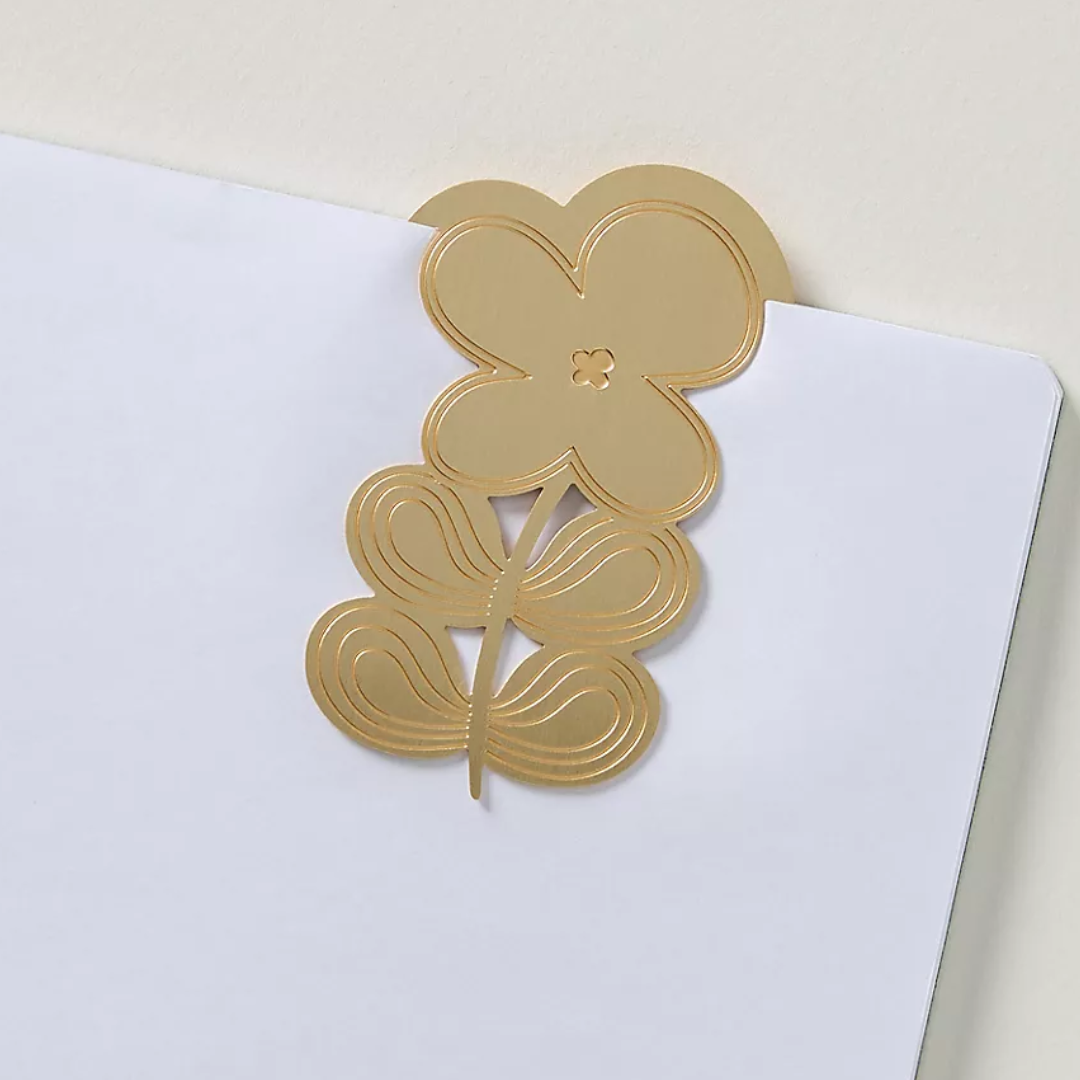3 "Under-the-Radar" Items That May Be Making Your Home Feel More Cluttered and Chaotic
Professional organizers say you should declutter these items as soon as possible for a neat and tidy home

Faiza Saqib

A cluttered home creates a chaotic and unpleasant environment, which is why it's important to know what needs decluttering, when it's time to declutter, and what you could use to help you on your journey.
Understanding how to declutter room by room is the key to a healthy mind and a happy home. Tackling even the smallest spaces will help you better navigate what you need, and when you need it. But there are a few everyday, under-the-radar items that often get overlooked, even if they're right in front of us.
Visual clutter is no fun, and to help you recognize exactly where the clutter criminals are hiding, we've asked the experts to weigh in on which items we tend to miss. Here's what they had to say about it.
1. Loose Paperwork

Letters, papers, and bills often build up on the kitchen island or coffee table, but if you're a fan of minimalist interior design, they have no place in your home — which is why knowing how to organize paper files is key.
Professional home and lifestyle organizer, Di Ter Avest, says that the paper problem is sneaky but severe, and loose papers offer an invitation for clutter. "Whether it's mail, flyers, kids' school papers, or old receipts, these little things tend to pile up on countertops and tables," she says. Before you know it, your home is in a state of paper-induced disarray.
Paper file organizers, like this Pendaflex Heavy-Duty Expanding File from Walmart, are a great start to the solution, but you don't want to just transfer the problem to a different area instead of actually fixing it. Organizing paper files so that they are both functional and stylish is the key to solving the loose leaf enigma, as is knowing when it's time to let go.
Amanda Wiss, founder of home organization firm Urban Clarity, says that as the seasons change, it can be easy to forget about the items we have collected over the previous one. "Holiday greeting cards and wedding invites can clutter the front of your fridge, and mail and bills can pile up when we are dreading dealing with them," she says. Minimalists won't harbor these items for long, though. Instead, they're more likely to choose one or two treasured keepsakes before recycling the rest.
The Livingetc newsletters are your inside source for what’s shaping interiors now - and what’s next. Discover trend forecasts, smart style ideas, and curated shopping inspiration that brings design to life. Subscribe today and stay ahead of the curve.

Price: $10
Color: Maize
Dripped in marvelous maize, this Papier Metal Bookmark is the perfect home office tool. You won't need to worry about losing the page to your much-loved novel or the handwritten section of your notebook as this bookmark will help keep your mind and papers in check.

Price: $79
Minimal, clean, and dripping in magical moss, this Cody Desktop Organizer by Most Modest from West Elm is a great addition to every office. With this piece, you can keep your essentials close within reach. Its white oak tray with a powder-coated steel base makes it a sturdy and easy-to-use tool.

Price: $20
Keep your cords in check with this Russell + Hazel Acrylic Cord Manager from Anthropologie. It has space to hold three cords and makes it easy to keep your phone or even USB cables under control. With this handy tool, your desk will be looking clutter-free and neater than ever.
2. Out of Season Decor

It can be quite hard to pack the Thanksgiving decor away once they've been removed from the attic. But once the holiday ends and a new one begins, you'll want to ensure you're not keeping decorations hanging around for too long, as this can quickly cause clutter.
Rotating seasonal items extends beyond just decor; clothes and shoes should be monitored on a regular basis as well. To embrace the minimalist interior aesthetic, you must think about what you actually need around you. What purpose do your belongings serve within the space? Having chunky boots and heavy jackets on your shoe racks in the middle of July takes up space that can be used for articles of clothing that will not be gathering dust.
Di advises that a helpful technique to reduce seasonal item overload is the "out-in-the-open" method. This method encourages you to take an intentional look at everything you own in a certain category (be it shoes, jackets, or holiday decor) and opt only to keep the things that really serve a purpose for you. Seasonal switches are the ideal time to put methods like these into practice.
3. Forgotten Chores

In order to make a minimalist home more comfortable, you should tackle home chores as soon as you can. Interior designer Michelle Poitras says, "Daily upkeep is key to maintaining a tidy and minimalist home." Michelle explains how when we let manageable tasks pile up, they become frightening and unmanageable. "Daily items that tend to accumulate, like dishes in the drying rack and clean baskets of laundry awaiting sorting and folding, can be avoided by establishing a daily routine," says Michelle.
Even taking a moment just to scan your space and identify what needs to be done is a great start. Once you know what is on your to-do list, it becomes easier to sort out and remove the clutter from your home. Michelle says, "Ask yourself what you can accomplish in the next ten to twenty minutes and then proceed with a quick tidy." Suddenly, getting chores done doesn't feel as overwhelming as you once thought.
If having a daily task to-do list seems a bit too much to handle, try implementing a Sunday reset checklist. Having a designated day of the week to reorganize your space will definitely help keep things under control. Not to mention, Sunday resets are the perfect excuse to buy a facemask, light a candle, and enjoy the comfort of your freshly cleaned home.
Decluttering and minimalism go hand in hand, so tackling these problems could be the key to creating a more spacious, minimalist home. Your space will look more visually streamlined in no time.
FAQs
How do you decide what to throw away when decluttering?
Decluttering can be overwhelming, so how do you decide what to throw away when decluttering your space? We recommend that you start by thinking of those items that are no longer useful to you.
If you have broken, damaged, or unused tools, it's best to dispose of them. After all, professional organizers always throw away these items — so why keep them in your home? Items that no longer bring you joy or hold sentimental value can also be donated or sold to help you on your journey to a decluttered home.

Olivia Wolfe is a Design Writer at Livingetc. She recently graduated from University of the Arts London, London College of Communication with a Masters Degree in Arts and Lifestyle Journalism. In her previous experience, she has worked with multiple multimedia publications in both London and the United States covering a range of culture-related topics, with an expertise in art and design. At the weekends she can be found working on her oil paintings, reading, or antique shopping at one of London's many vintage markets.
- Faiza SaqibRenovation Editor